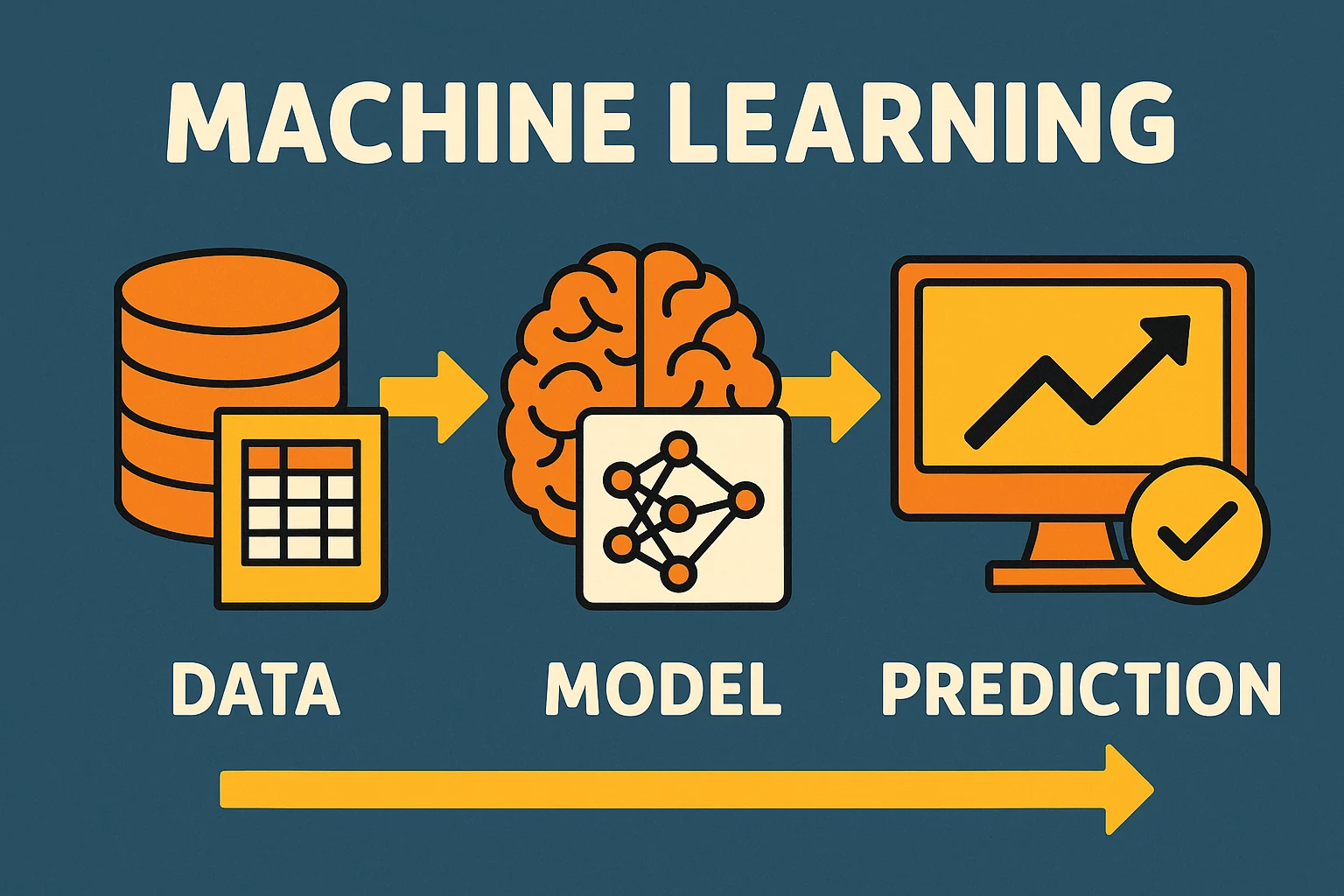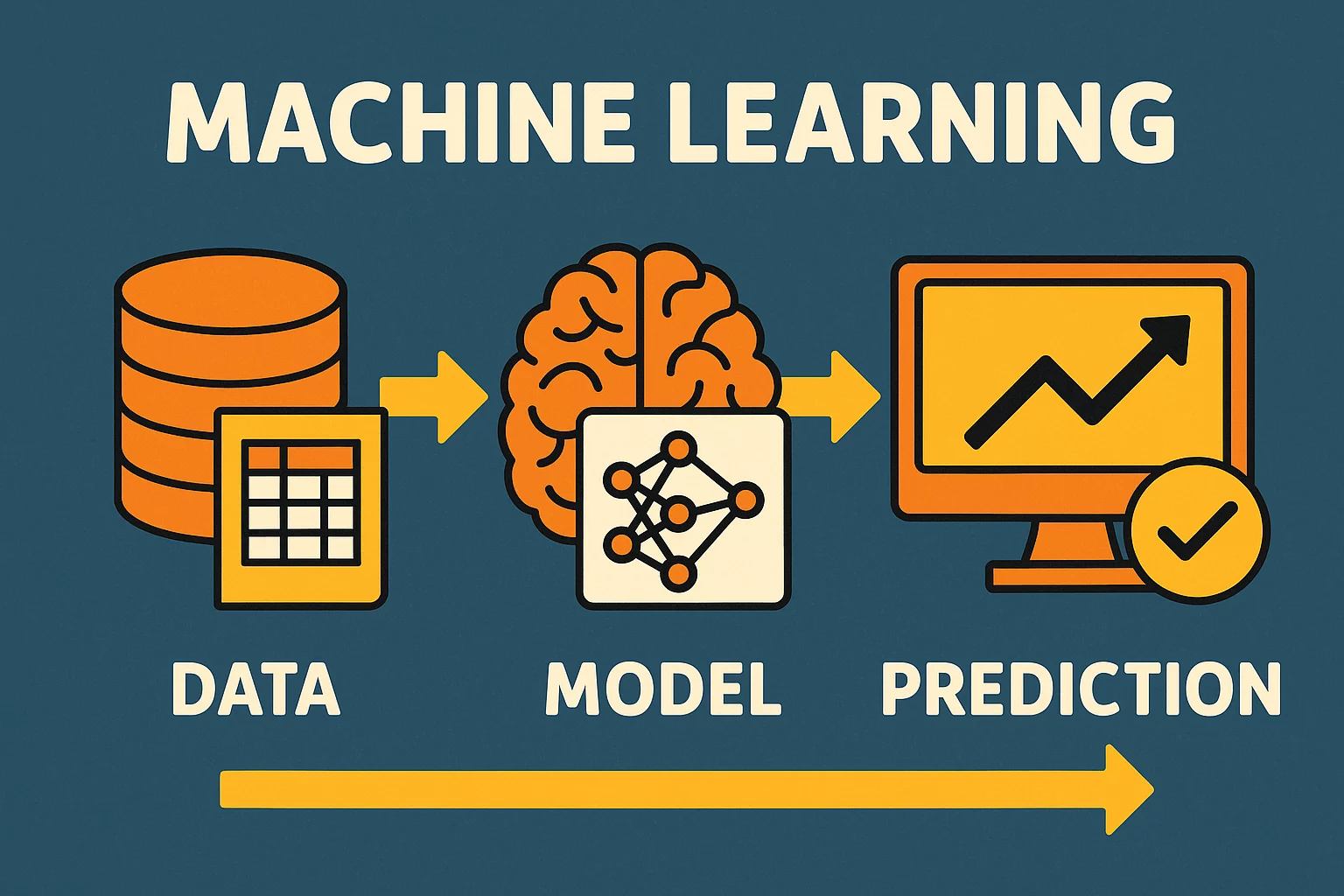A significant shift is underway in the solar industry. Module efficiency is climbing, and new cell technologies like TOPCon and HJT are leading the conversation.
For owners of production facilities built on the proven, workhorse PERC technology, this raises a critical question: What does it actually take to stay ahead?
The discussion around upgrading often feels abstract, focusing on cell architecture and efficiency percentages. For the investor and the operator, however, the real question is practical: Which machines on my factory floor need to change? This guide provides a clear, hardware-focused breakdown of the journey from a standard PERC line to the next generation of solar production.
The Strategic Shift: Why Upgrade Now?
The drive to upgrade from PERC comes down to one primary factor: achieving higher module efficiency and power output. While PERC has been the industry standard for years, the technology is approaching its practical efficiency limits. New cell structures like TOPCon and HJT offer a clear path to surpassing these limits, resulting in more powerful modules from the same factory footprint.
According to the International Technology Roadmap for Photovoltaics (ITRPV), the market share for PERC technology is projected to decrease significantly, while n-type technologies like TOPCon and HJT are expected to dominate by the end of the decade. For factory owners, this isn’t just a technical trend; it’s a fundamental market shift. An upgrade is a strategic investment in future-proofing your production and maintaining a competitive edge.
Path 1: The Evolution — Upgrading from PERC to TOPCon
Think of the move to TOPCon (Tunnel Oxide Passivated Contact) as an evolution of your existing PERC line. The core manufacturing process shares many similarities, meaning a significant portion of your existing equipment can be repurposed. This makes it an attractive and capital-efficient upgrade path.
The primary change occurs at the heart of the cell-making process, where a new, ultra-thin layer is added to the solar cell to reduce energy losses. This requires introducing a few key pieces of new machinery.
Core Hardware Additions for a TOPCon Upgrade:
-
Tunnel Oxide & Poly-Silicon Deposition Systems: This is the most critical addition. A new process step is required after standard cell texturing and diffusion, involving a specialized machine to create the tunnel oxide and deposit a thin layer of polysilicon. The most common technologies for this are:
-
LPCVD (Low-Pressure Chemical Vapor Deposition): A high-temperature furnace system that can process large batches of wafers at once. It’s a mature and reliable technology.
-
PECVD (Plasma-Enhanced Chemical Vapor Deposition): A more advanced method that uses plasma to deposit the layers, allowing for different material properties.
-
Doping and Annealing Equipment: The newly deposited polysilicon layer needs to be “doped” (impregnated with phosphorus or boron) and annealed. This is often accomplished within the same LPCVD/PECVD system or through a subsequent furnace step.
Essentially, the upgrade involves inserting a new process block into your existing line, right after wafer cleaning and before the final metallization stages. Much of your existing infrastructure—from wafer handling and wet chemical benches to screen printers and laminators—remains valuable and can be integrated into the new layout.
This targeted approach makes TOPCon a logical next step for many established producers. It builds upon the foundation you already have, enhancing your output without requiring a complete overhaul. For those planning a new facility, a turnkey solar production line can be designed from the outset to be “TOPCon-ready,” simplifying future upgrades.

Path 2: The Revolution — Migrating from PERC to HJT
If TOPCon is an evolution, HJT (Heterojunction Technology) is a revolution. It relies on a fundamentally different cell architecture that doesn’t build upon the high-temperature processes of PERC. Consequently, migrating an existing PERC line to HJT is less of an “upgrade” and more of a “replacement” of the core cell production equipment.
HJT manufacturing is a low-temperature process—one of its key advantages. However, this means the high-temperature furnaces used for diffusion and firing in a PERC line become obsolete.
Core Hardware Replacements for an HJT Transition:
-
Wet Benches for n-type Wafer Cleaning: HJT starts with high-quality n-type silicon wafers that require a more stringent and specialized cleaning process than PERC. Your existing wet chemistry stations will need to be replaced or significantly modified.
-
PECVD for Amorphous Silicon Deposition: This is the heart of an HJT line. Instead of a diffusion furnace, you use a PECVD system to deposit extremely thin layers of amorphous (non-crystalline) silicon on both sides of the wafer. This creates the “heterojunction” that gives the technology its name and is key to its high efficiency.
-
PVD for Transparent Conductive Oxide (TCO): After the silicon layers are deposited, the cell needs a transparent, conductive layer to extract electricity. This is applied using a PVD (Physical Vapor Deposition) or sputtering machine, which is not present in a standard PERC line.
-
Low-Temperature Metallization and Stringing: The traditional high-temperature firing process used for PERC cells would destroy the sensitive layers of an HJT cell. This means new screen printers using low-temperature silver pastes are required. Furthermore, the cell stringers must use specialized low-temperature soldering or conductive adhesive technology to connect the cells without causing heat damage.
The transition to HJT requires a higher initial investment and a more comprehensive change in equipment. However, it offers a pathway to even higher efficiencies and a simpler process flow with fewer steps. The choice between TOPCon and HJT depends entirely on your business strategy, available capital, and long-term vision. Understanding the specific hardware implications is the first step in making an informed decision, and having a partner with deep project management knowledge is crucial for navigating such a significant transition.

Frequently Asked Questions (FAQ)
What is the simplest way to understand the difference between PERC, TOPCon, and HJT?
- PERC is the established standard—solid and reliable.
- TOPCon enhances PERC, adding new layers to the existing concept to boost efficiency.
- HJT is a different technological approach, using different materials and processes to achieve very high efficiency.
Can I reuse any of my PERC machines for an HJT line?
While the core cell processing equipment (diffusion furnaces, laser edge isolation) cannot be reused, some downstream equipment may be. This includes parts of the automated wafer handling, testers, sorters, and module lamination and framing equipment, provided they are compatible with the slightly different HJT cell and module properties.
What is the biggest challenge in an upgrade project?
The primary challenge isn’t just purchasing new machines, but integrating them perfectly into your existing workflow. This includes physical layout, software communication, and, most importantly, process recipe optimization. The machine is only half the solution; knowing how to run it effectively is what delivers results. That’s why an experienced engineering partner is so vital.
Does an upgrade mean a lot of factory downtime?
Proper planning is key to minimizing downtime. An upgrade is typically executed in phases, and a well-managed project involves detailed facility planning, pre-manufacturing of new equipment, and a carefully scheduled installation window to get your new line running as quickly as possible.
Your Next Step
Understanding the hardware requirements is the foundation for a successful technology transition. The path you choose—the evolutionary step to TOPCon or the revolutionary leap to HJT—will define your factory’s competitive position for years to come.
This journey involves more than just equipment lists and technical specifications. It requires a partner who understands process integration, project management, and the practical realities of running a manufacturing facility.
We are here to help you navigate this complexity. Let’s talk about what’s possible for your factory and how we can support your vision.
Contact us to discuss your upgrade strategy.

